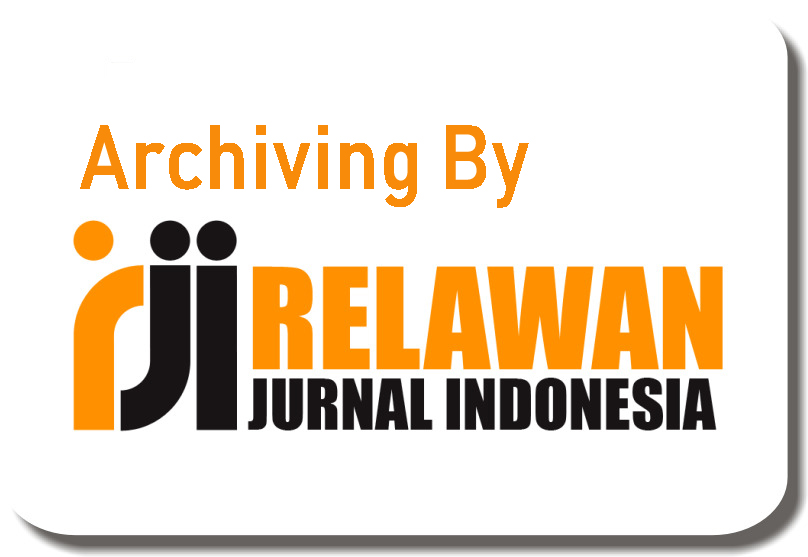Cognitive Stylistics in Wordsworth’s The Solitary Reaper: Mental Simulation and Conceptual Blending
Abstract
Keywords
Full Text:
PDFReferences
Abdalla, K. A., & Fatah, A. H. (2023). Conceptual Representations in Sherko Bekas’ Gray: A Cognitive Stylistic Study. Arab World English Journal, 14(1), 232-252. https://doi.org/10.24093/awej/vol14no1.15
Barsalou, L. W. (1999). Perceptual symbol systems. Behavioral and Brain Sciences, 22(4), 577- 660. https://doi.org/10.1017/S0140525X99002149
Bate, J. (2010). Romantic ecology: Wordsworth and the environmental tradition. Routledge. Bloom, H. (Ed.). (1994). William Wordsworth. Chelsea House Publishers.
Castaño, E., & Carroll, G. (2020). Mental Simulation in the Processing of Literal and Metaphorical Motion Language: an Eye Movement Study. Journal of Cognitive Psychology.
Creswell, J. W. (2014). Research design: Qualitative, quantitative, and mixed methods approach (4th ed.). Sage Publications.
Denzin, N. K., & Lincoln, Y. S. (2011). The SAGE handbook of qualitative research (4th ed.). Sage Publications.
Fauconnier, G., & Turner, M. (2002). The way we think: Conceptual blending and the mind’s hidden complexities. Basic Books.
Glenberg, A. M. (1997). What Memory Is For: Creating Meaning in the Classroom. Educational Psychologist, 32(1), 4-11.
Hamrick, J. B. (2019). Analogues of Mental Simulation and Imagination in Deep Learning. Current Opinion in Behavioral Sciences, 29, 8–16. https://doi.org/10.1016/j.cobeha.2018.12.011
Merriam, S. B. (2009). Qualitative research: A guide to design and implementation. Jossey-Bass
Miall, D. S., & Kuiken, D. (1994). Foregrounding, defamiliarization, and affect: Response to literary stories. Poetics, 22(5), 389-407. https://doi.org/10.1016/0304-422X(94)00011-5
Miles, M. B., & Huberman, A. M. (2014). Qualitative data analysis: An expanded sourcebook (3nd ed.). Sage Publications.
Semino, E. (2014). Language and world creation in poems and other texts. Routledge.
Simpson, D. (2004). Wordsworth’s historical imagination: The poetry of displacement. Routledge.
Sukmawati (2022). An Analysis Imagery And Theme In The Poet I Wandered Lonely As A Cloud And The Solitary Reaper By William Wordsworth. Education, Language, and Culture (EDULEC), Volume 2, Issue 2, 132-140. DOI: https://doi.org/10.56314/edulec.v2i2.
Stockwell, P. (2002). Cognitive poetics: An introduction. Routledge.
Troscianko, E. (2013). Cognitive literary studies: State of the field.
L. Zunshine (Ed.), The Oxford handbook of cognitive literary studies (pp. 1-20). Oxford University Press. https://doi.org/10.1093/oxfordhb/9780199978069.013.0001
Yin, R. K. (2014). Case study research: Design and methods (5th ed.). Sage Publications.
Zhang, Z. (2020). Blending viewpoint of teaching “Teaching as mountaineering”: A cognitive stylistic approach. Journal of Higher Education Research, 1(4), 1
DOI: https://doi.org/10.31004/jele.v10i3.868
Refbacks
- There are currently no refbacks.
Copyright (c) 2025 Diendra Wahyu Saputra, Lailan Haz Siregar, Rizky Septiandri, Wahyu Taufany, Rahmadsyah Rangkuti

This work is licensed under a Creative Commons Attribution-ShareAlike 4.0 International License.



